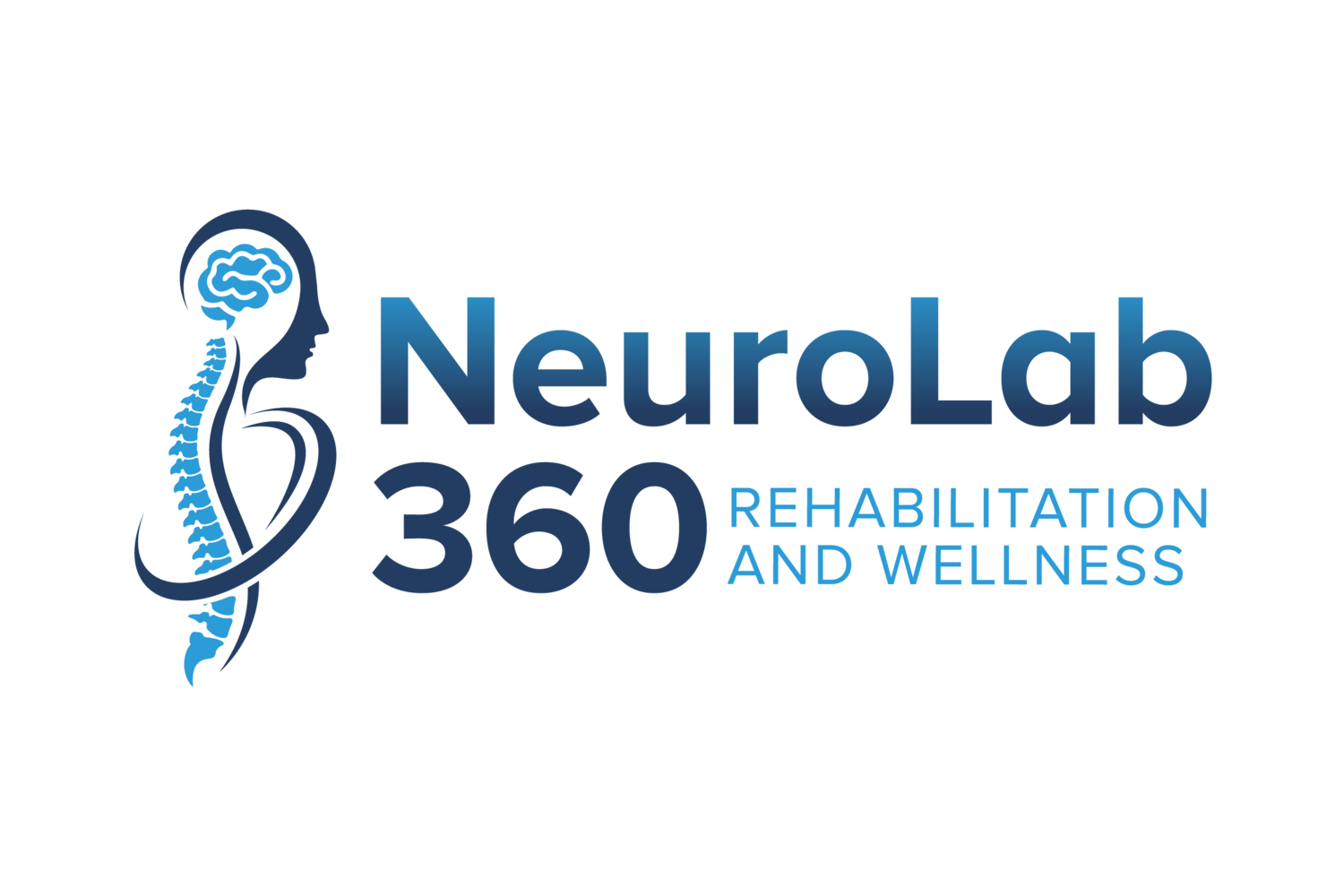Understanding Neurogenic Bladder: How Neurologic Conditions Affect Bladder Function
If you or a loved one has a neurologic condition such as a spinal cord injury or brain injury, you may experience bladder issues that affect your daily life. This is often referred to as neurogenic bladder, a dysfunction caused by damage to the nervous system’s ability to control bladder activity.
While symptoms and severity can vary, understanding the types and treatment options can help you manage it effectively!
What Is a Neurogenic Bladder?
A Neurogenic bladder occurs when nerve damage disrupts the bladder's ability to store and release urine properly. This is typically seen as an overactive (hyperreflexive) or underactive (hyporeflexive) bladder. Sometimes it can be a combination of both.
Types of Neurogenic Bladder Dysfunction:
Hyperreflexive Bladder:
Often occurs after brain injuries or spinal cord injuries above T12. Individuals may not be aware when their bladder is full, and have a hard time controlling it because their bladder muscles are tight and can sometimes result in leaks.
Hyporeflexive Bladder:
More common in spinal cord injuries below T12 or injuries to the nerves that control your bladder. This can lead to incontinence or difficulty fully emptying the bladder voluntarily, as your bladder muscles have a hard time contracting.Mixed Bladder:
In some cases, the external sphincter is overactive while the bladder itself is underactive. People may sense the need to pee but lack control.
Treatment Options--Managing neurogenic bladder involves a combination of therapies and strategies, like the ones below!
Medications:
Cholinergics: Help strengthen bladder contractions to aid voiding.
Anticholinergics: Reduce overactivity and increase bladder capacity.
Alpha-adrenergic blockers: Help reduce sphincter spasticity.
Alpha-adrenergic stimulants: Increase sphincter tone for better control.
Central-acting muscle relaxants: Aid in relaxing the external sphincter.
Catheterization Options:
Indwelling catheter: Continuous drainage using a collection bag.
Intermittent catheterization: Periodic bladder emptying at set times.
Condom catheter: External option for men, connected to a collection bag.
Bowel and Bladder Programs:
These programs help train the body to void at scheduled times and may involve timing food and fluid intake to support consistency. This program can be developed collaboratively between you, your physician, nurse, and your occupational and physical therapists.
Takeaway
Neurogenic bladder is a manageable condition with the right support and strategies. If you’re facing bladder challenges due to a neurologic condition, we’re here to help!

